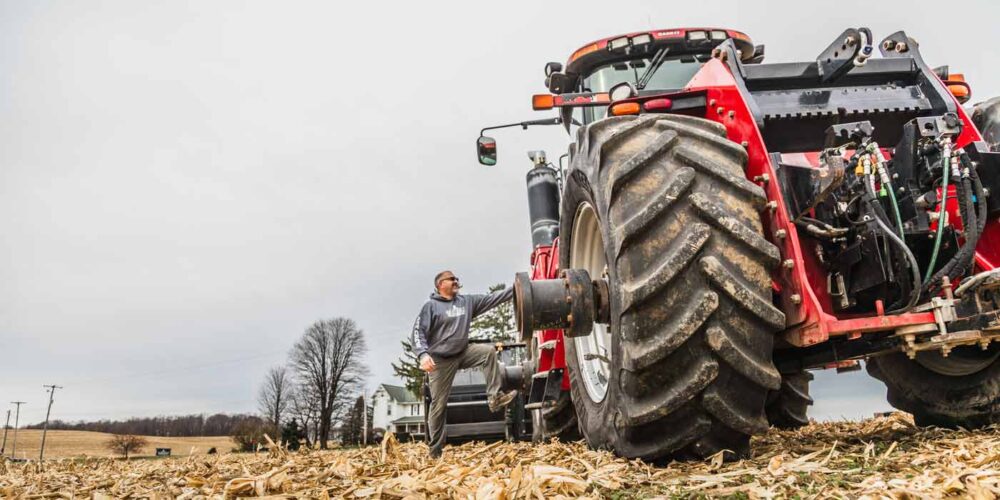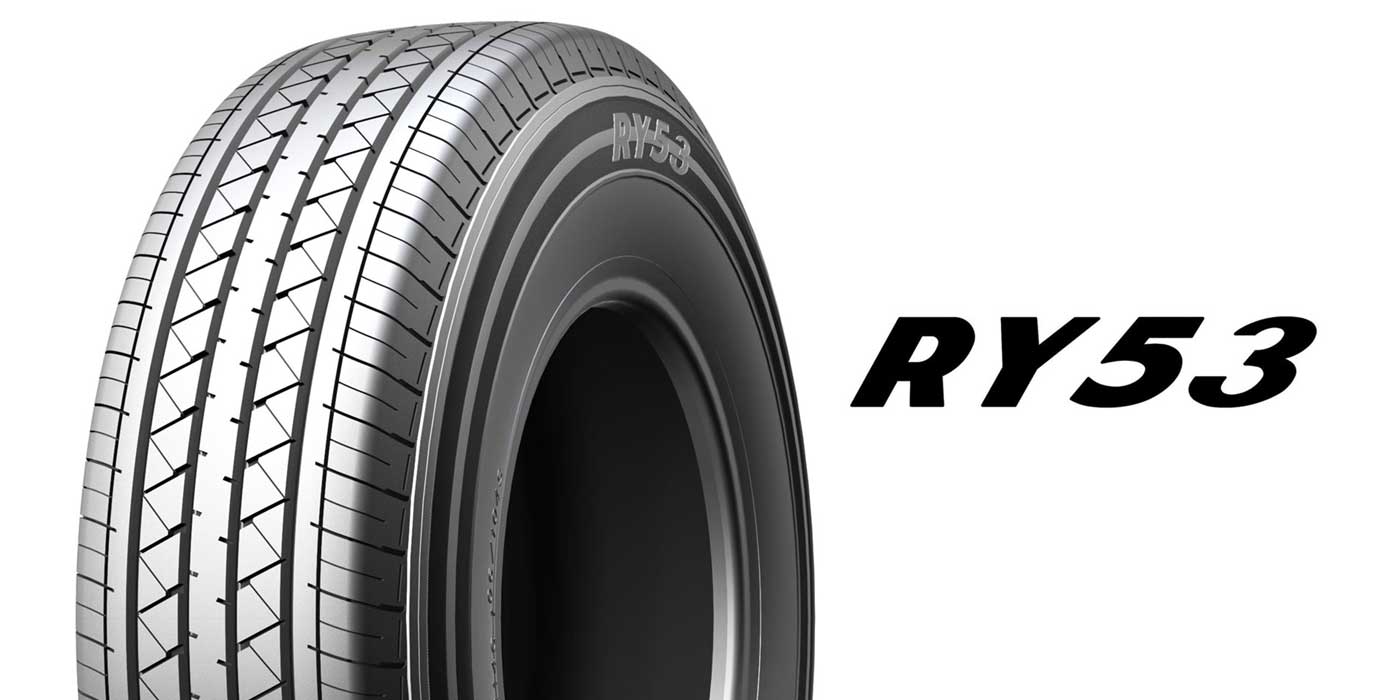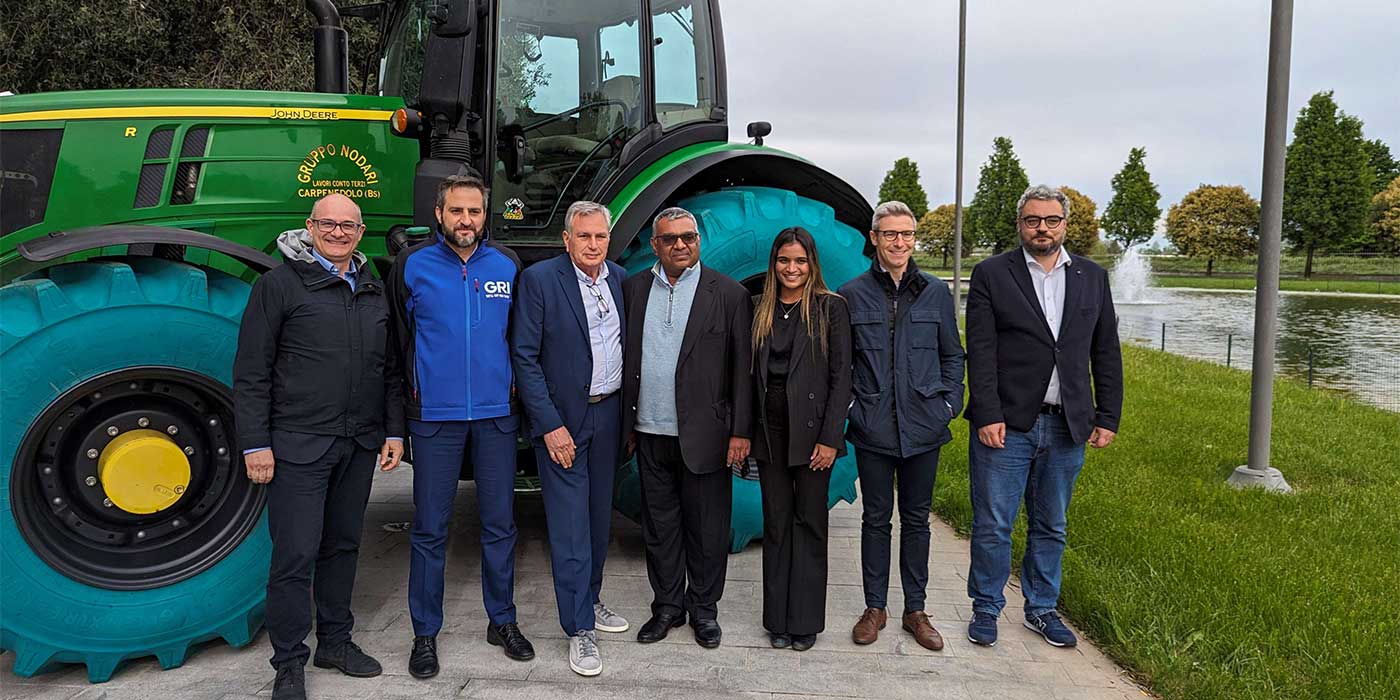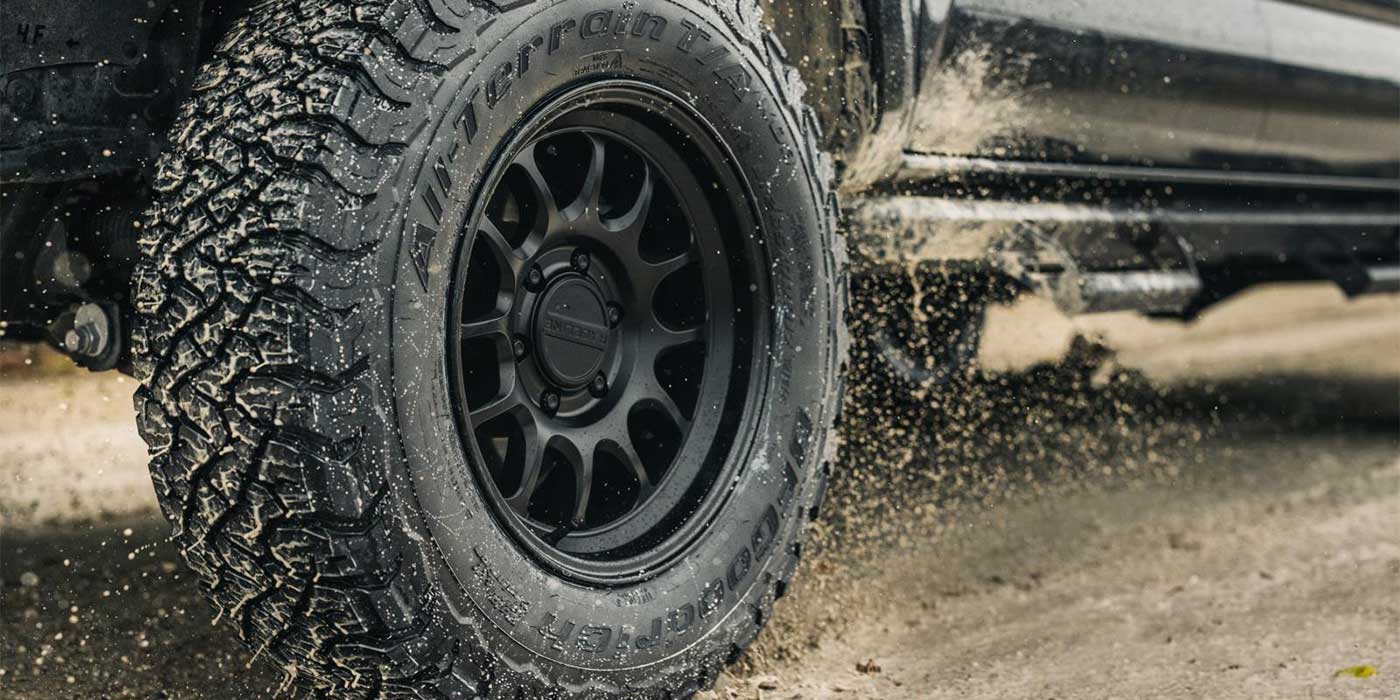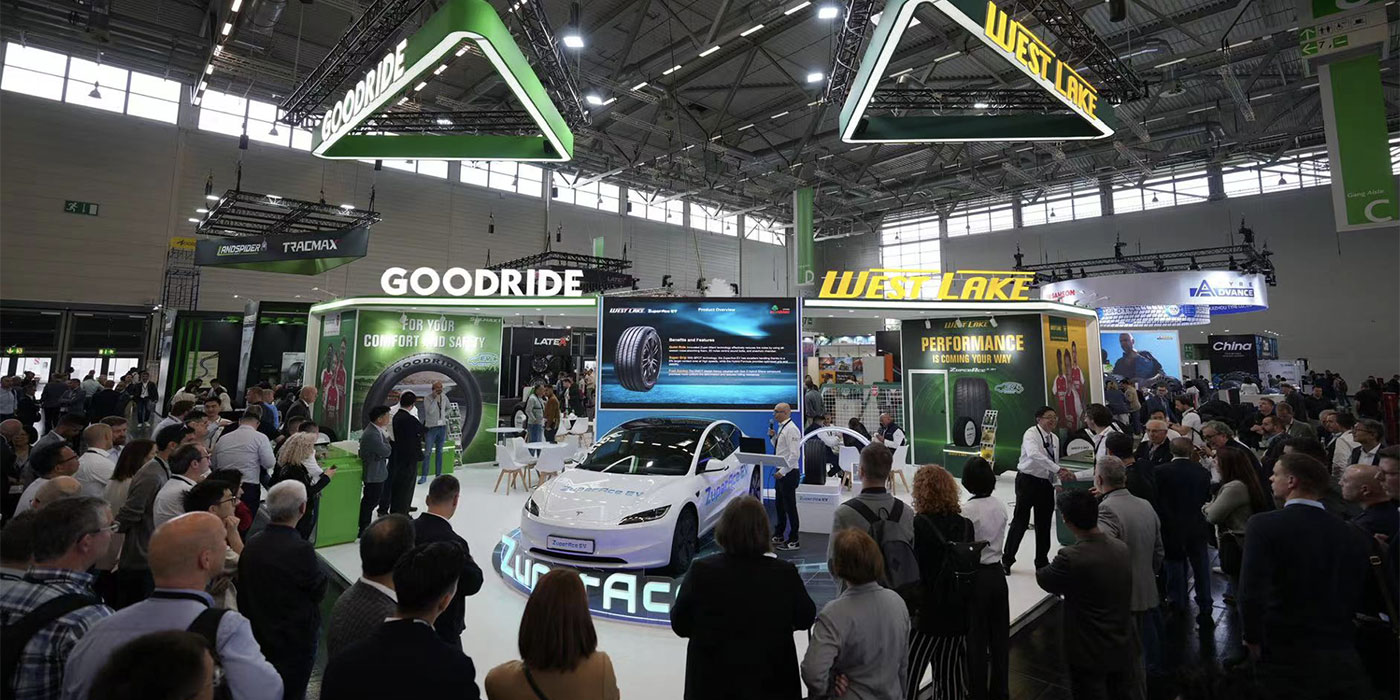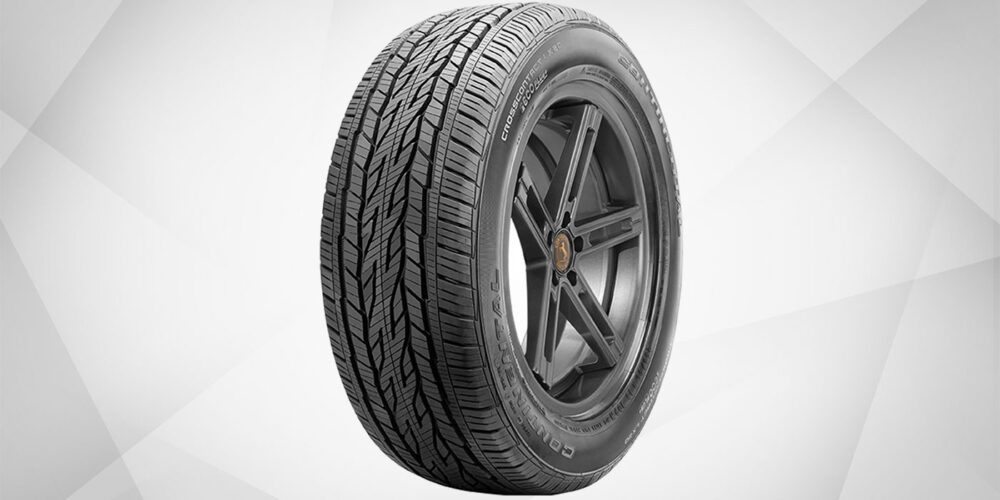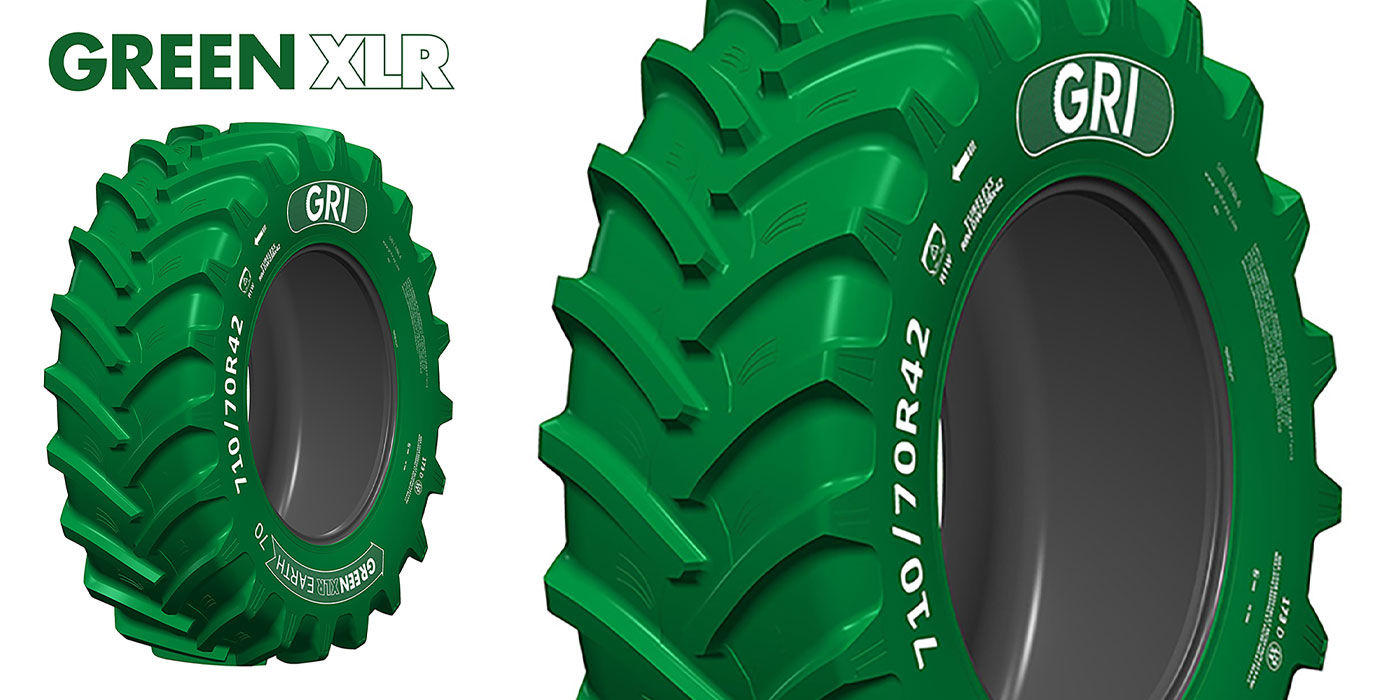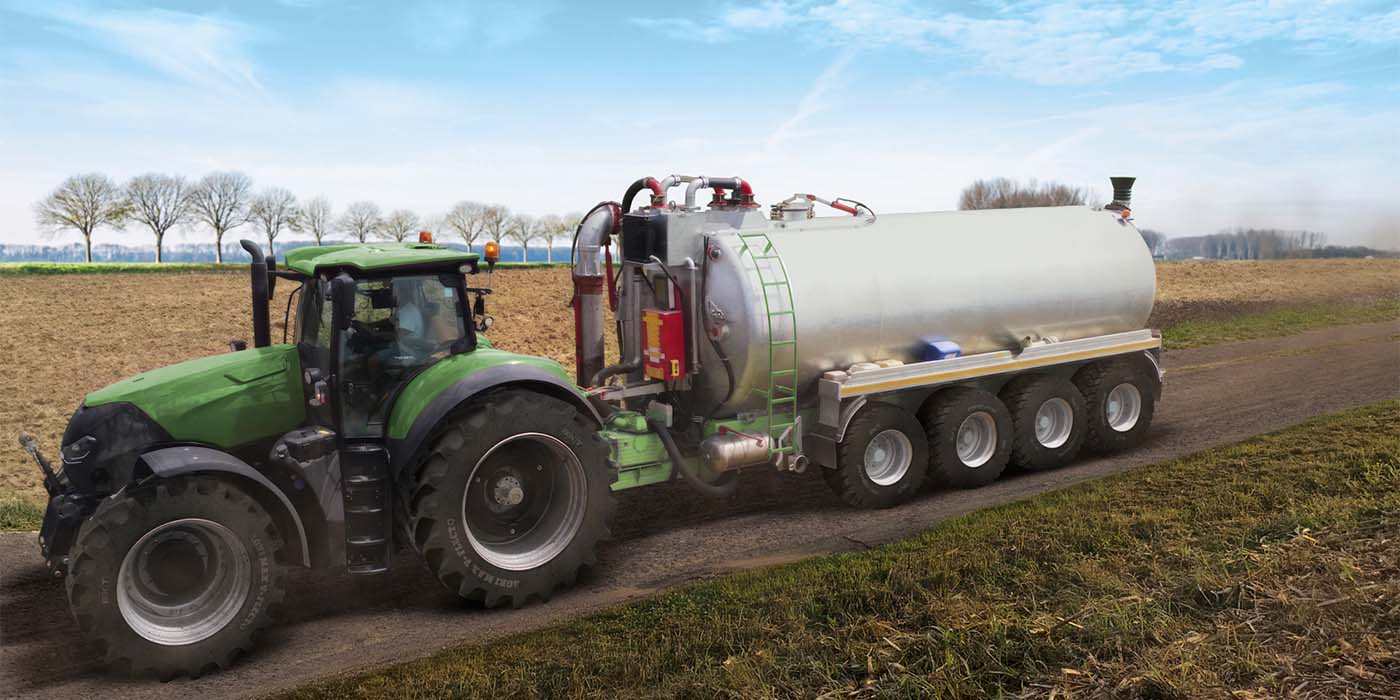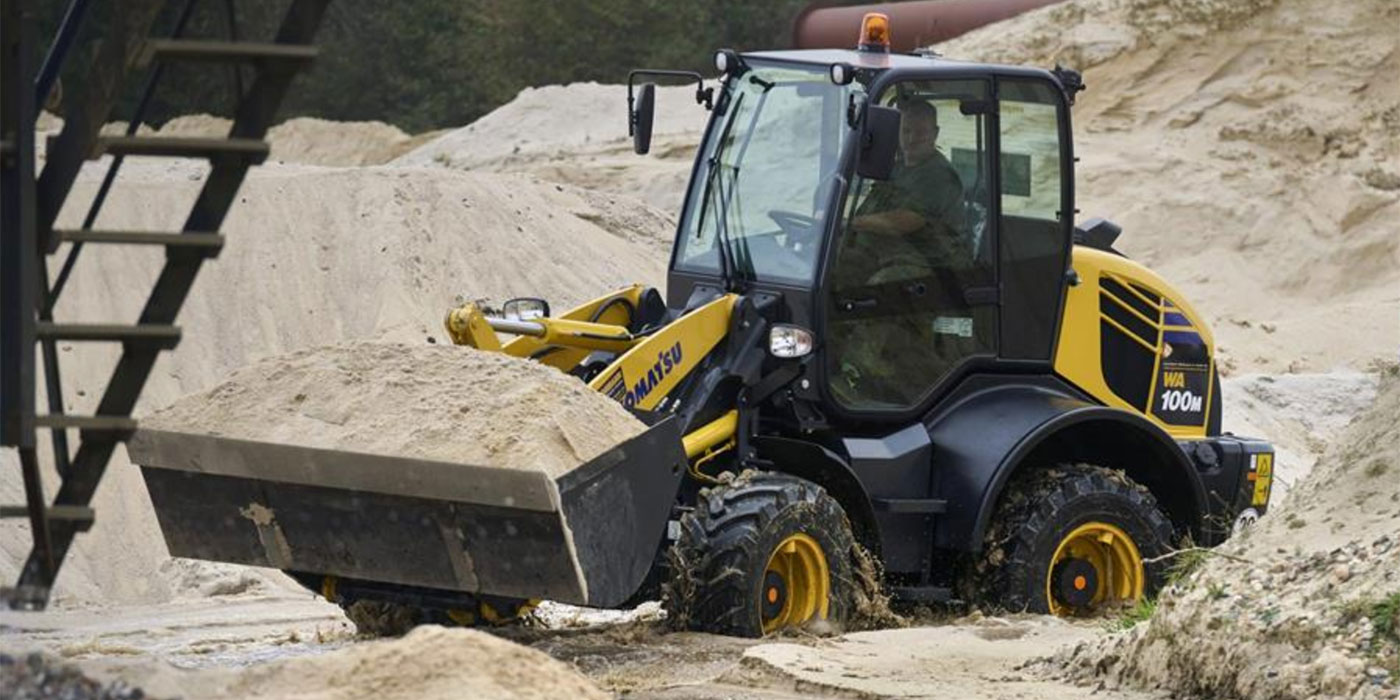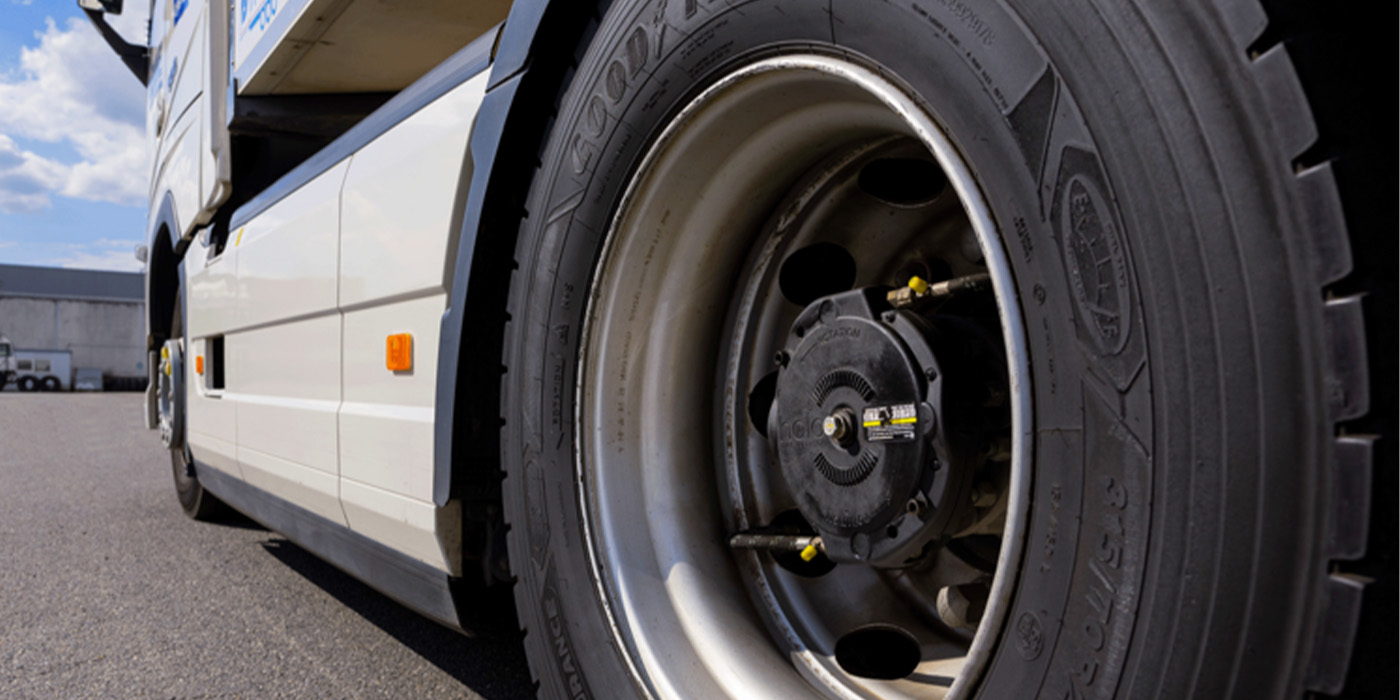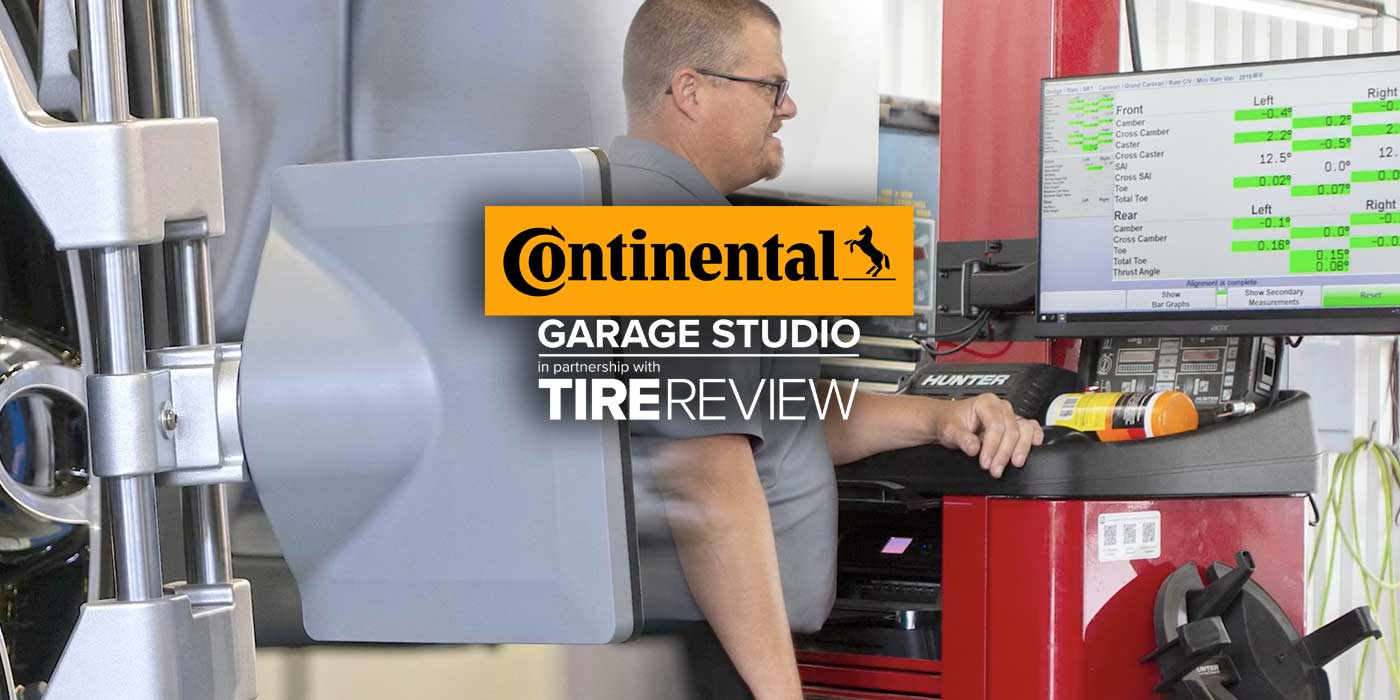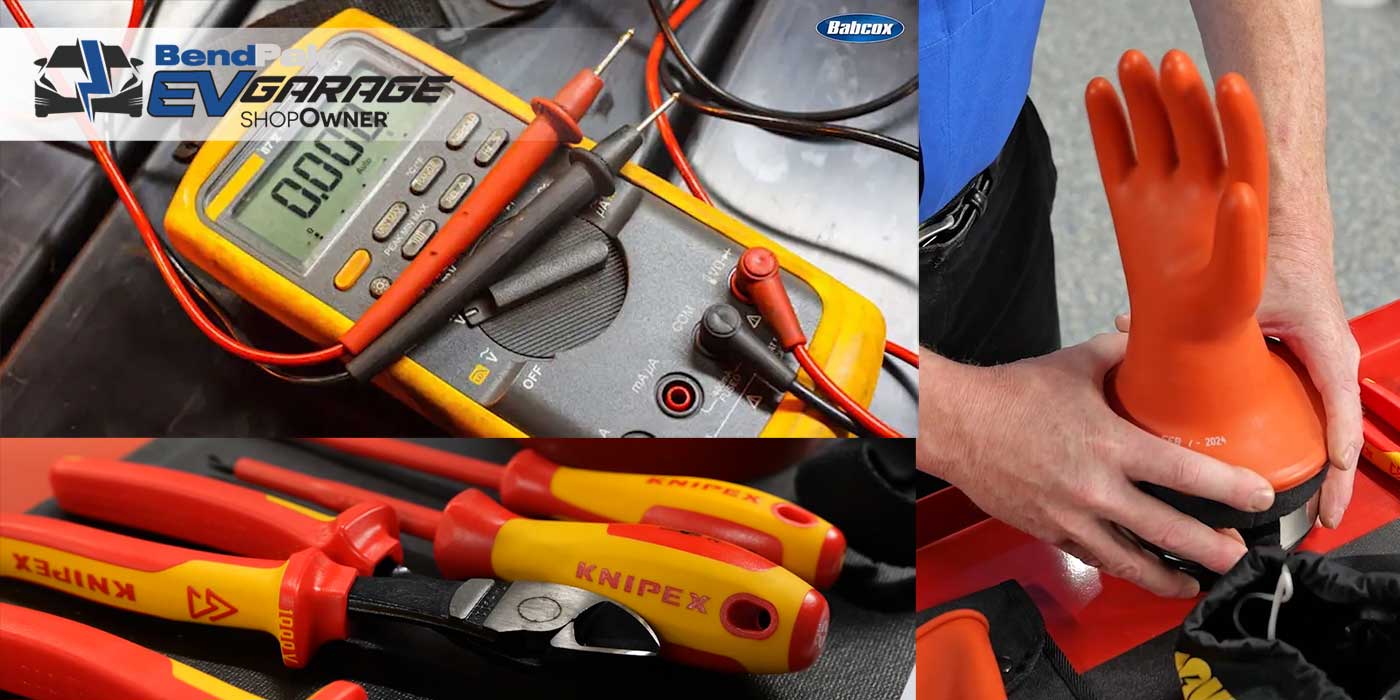If you’re an agriculture tire dealer, it’s likely that you count farm customers among your most hardworking clientele. As today’s persevering farmers face income struggles and strive to boost productivity, they seek increased technology from their tires, as well as valuable tire dealer partners.
Dealers who serve as experts in the field and have inventory — and service — at the ready will see success in the ag tire market. We’ll help you stay up to speed on the trends, technology and information you need to serve customers in this segment.
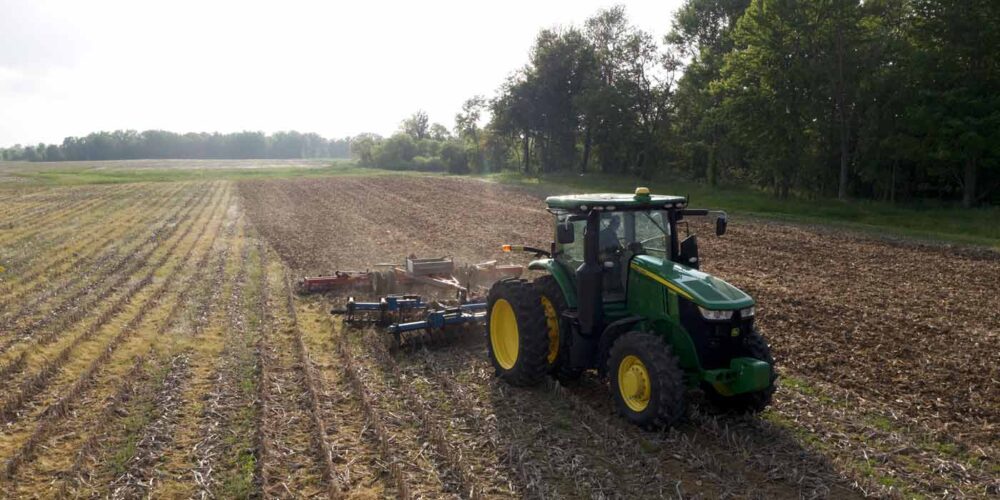
Ag tire market trends & outlook
After reaching record highs in 2022, net farm income continues to decline, according to Tony Orlando, president of Bridgestone Integrated Agriculture Tire Business in the Americas, Europe, Middle East, India and Africa.
He says that after declining an estimated 16% in 2023, United States Department of Agriculture projections are that net farm income could fall an additional 27% in 2024.
“Low commodity prices, higher interest rates and increasing input prices are the major concerns farmers are facing,” Orlando says. “These are putting pressure on farmers after strong investments in new equipment and technologies in 2022, when cash was more abundant.
He adds that tire dealers and OEMs built up a lot of inventory at the end of 2022, which was reflected in strong sales for Firestone that year. In turn, that resulted in lower demand for tires in 2023 and into 2024.
As the market softens in 2024, falling crop prices, high interest rates and rising input costs are putting pressure on farmers, resulting in some reluctance to spend, according to Orlando, who says that year-to-date data through March 2024 shows that sales are below 2023 in total units of ag tractors and combines. Ag tractor sales dipped 13.3%, while combines finished down 20.4%.
“One bit of encouragement has been the trend for farmers to retool recently purchased used equipment with new tires to better fit their cropping systems,” he adds.
CEAT Specialty Tires North America anticipates an improved ag tire market in the U.S. this year and in 2025, according to President Ryan Loethen.
“In 2023, there was a glut of ag tires in the U.S. market. Some uncertainty about the economy and continued high input costs caused some farmers to delay tire purchases when they possibly could,” he says. “On the dealer side, in the past we have seen servicing dealers keep a fair amount of inventory in stock due to tire scarcity. However, with the glut of ag tires in the market in 2023, we saw many bolt-on dealers rely on their wholesalers to stock inventory and provide tires on a just-in-time basis.”
While CEAT Specialty experienced slightly increased U.S. sales in 2023 compared to the two years prior, the company experienced substantial sales growth in Canada. Loethen says the USDA is predicting a continued downturn in farmer income in 2024 after record highs in 2022, due to continued high input costs, lower commodity prices and lower direct government payments.
“I come from a farming family, so I can appreciate how farmers need to be conservative with their expenditures in these times of uncertainty,” he says. “This environment of farmers holding on to cash and delaying the purchase of new equipment is a good situation for a Tier Two brand like CEAT. We can deliver the latest technologies such as very high flexion (VF) and increased flexion (IF) tires at more affordable pricing for farmers.”
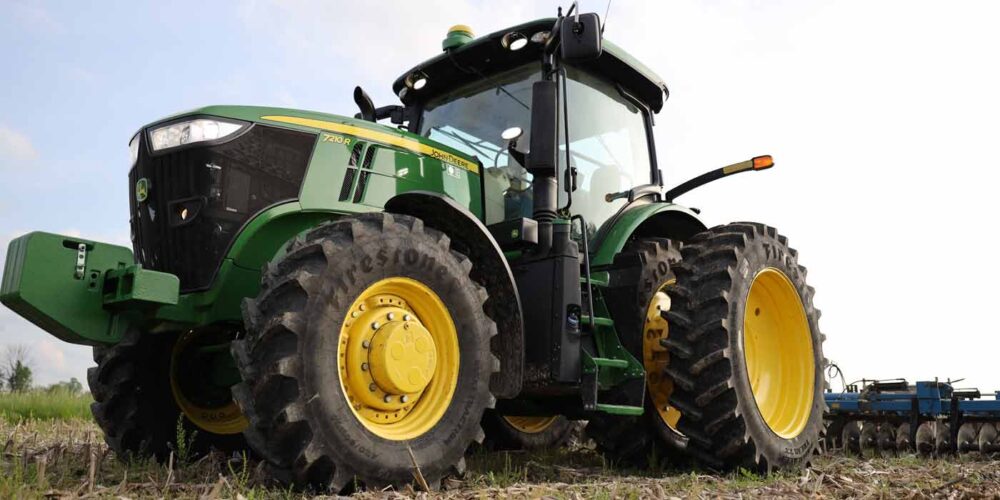
Ag tire performance & technology
In the ag tire segment, the shift from bias to radial tires — especially when it comes to tractors and implements — has been one of the most significant trends in recent history.
“Heavier equipment requires tires that will carry the weight at the speeds required,” says Dave Paulk, manager of field technical services for BKT Tires. “Minimum till and no-till also require carrying loads at less air pressure to minimize soil compaction. This has pushed IF and VF technology tires to the forefront, as they are designed to carry much heavier loads at less air pressure than standard tires.”
According to Orlando, farmers are asking for more technology in their ag tires.
“With the drive for greater productivity and more attention to soil health, we continue to see farmers adopt IF/VF advanced deflection radial tire technologies,” he says. “The tires have increased load carrying capacity at a lower pressure for a larger footprint and greater traction that efficiently uses the power of today’s large, high-horsepower mechanical front-wheel drive and 4-wheel drive tractors.”
The larger footprint also helps reduce compaction, which is important to soil water infiltration, crop root growth and top yields, Orlando says, adding, “Firestone Ag is focused on enhanced compounds and construction that provide our Advanced Deflection Design (AD2)radial products with their ability to carry heavier loads at lower inflation pressure.”
In addition, with farmers working more and more fields separated by paved roads, “roadability” is an increasingly important attribute, according to Loethen, who says, “They want a smooth and steady ride from their tires on the road, so they are better rested when they arrive at that next field.”
Loethen says there is still a sizable market for premium bias tires for small- and medium-sized tractors, which CEAT is putting a lot of focus on.
“When it comes time for a dealer to recommend tires to his customers, whether to go with radial or bias is a big decision,” he says. “Radial tires have distinct advantages, but there are circumstances where bias tires are the right recommendation. Radial tires are the preferred option for most farm uses today, however, that’s not to say that ‘old-fashioned’ bias-ply farm tires are obsolete. Because they cost less, bias tires are a great purchase for secondary or utility tractors, for instance.”
Orlando says that many farmers add aftermarket equipment, like saddle tanks to apply liquid fertilizer and other products. The single standard row crop radials that came on the tractor often aren’t built to carry the extra weight, causing sidewall strain and eventually premature failure.
“To help farmers overcome these issues, we’re offering new sizes of our Maxi Traction tires, specifically for front fitments of mechanical front-wheel drive tractors,” he says. “These tires are available in both standard and IF/VF radial options. The Maxi Traction offering has a deeper, steeper and uniquely tapered tread bar that is known for wear life, road comfort and traction performance. We’ll also have options for grain carts in time for the fall harvest of 2024.
Orlando added that in 2024, the Firestone Destination Farm and Turf tire line will offer VF options that feature a new tread compound that delivers higher load capacity and improved stubble resistance, ideal for the harvest field to carry heavier loads and resist stubble damage.
When it comes down to what farmers essentially want in the way of performance and technology, the answer is simple: “Tires are a big expense for farmers. They are looking for long tread wear and reduced downtime, along with performance attributes such as dependable traction, roadability and reduced soil compaction,” Loethen says.
“End users look for tires that will perform in the field and on the road with attributes like good traction, durability and ride comfort,” Paulk says. “It is important that the tires are capable of carrying the weight of the tractor and implements while in use. Compounding of the rubber used for tires is important, as it can give longer life on the road and resistance to stubble damage. Most tires used now have a 45-degree angle tread bar, which is ideal for switching between field and road use. The construction of tires has vastly improved because of the need to carry heavier weights and travel at faster speeds.”
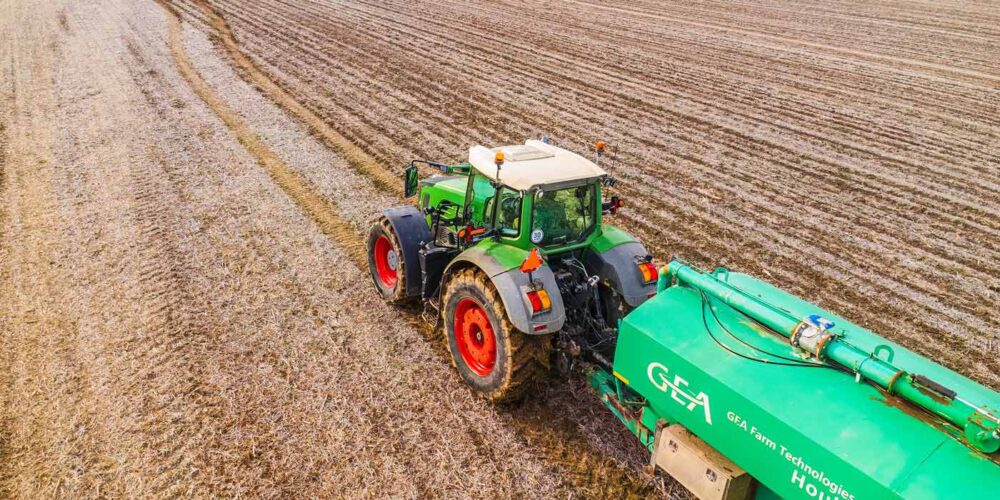
Service is key to success
Tire dealers who are willing to invest the time and money to offer their ag customers expertise, on-demand service and inventory at a fast turnaround will become trusted partners for loyal farmers.
“Tire dealers should invest in becoming knowledgeable about tire technologies and the best fitments for specific uses,” Orlando says. “Today’s farmers are business owners with significant financial investments in their operations. They’re looking for suppliers who can educate them about new products or new techniques to improve yield or help their equipment perform better.”
Since tires are an investment — and the right tires can have a positive impact on the grower’s bottom line — it is very important for dealers to help farmers choose the right tire for the machine, the job and the soil conditions, he adds.
“It’s also helpful for dealers to educate their customers,” Orlando says. “Many of our dealers are offering Firestone Ag’s exclusive Fuel Saving Field Clinics. At these clinics, Firestone Ag field engineers help farmers better understand tire types, tire construction, choosing the right tire for the job, the importance of proper inflation and proper tractor setup to avoid overloading tires, which can cause early replacement. All these factors impact the farmer’s bottom line and their satisfaction with the products.”
According to Loethen, many dealers carry TBR and consumer tires in addition to ag offerings. However, if they’re going to service the ag market, dealers need to hire people with specific ag tire expertise and train staff on the latest ag tire technologies.
“By and large, expertise in TBR tires does not translate into ag tire expertise,” he says. “CEAT Specialty Tires works closely with our distributors and dealers to educate them on the latest technologies, so they can better advise their farmer customers.”
Loethen explains that successful ag tire dealers offer “off-the-charts” customer service.
“They treat their farmer customers almost like family,” he says. “Farmers also pay attention to how the dealer treats his sales and service staff; if he takes care of his team, then he will most likely take care of his farm customers.
“Positive word-of-mouth is critical for any tire dealer, but it is extra important for ag tire dealers — you better believe that farmers talk to their neighbors.”
Tire dealers must be prepared to help their customers choose the tires that work best for their applications and minimize downtime, as well as offer comprehensive service when needed to keep the equipment going, according to Paulk.
“It is important for the tire dealer to be the point person when the end-user has questions or needs help,” he says. “Offering superior service in a timely manner is crucial for the tire dealer to meet end-user needs. The dealer can make suggestions when tires need to be replaced and ensure they suggest the correct tires for the applications. This minimizes downtime and maximizes productivity for the end user.”
According to Orlando, the most important things dealers can provide to meet the needs of ag tire customers are maintaining stock of the most common tires needed by growers in their area; and prompt in-field service with extended hours during planting and harvest seasons.
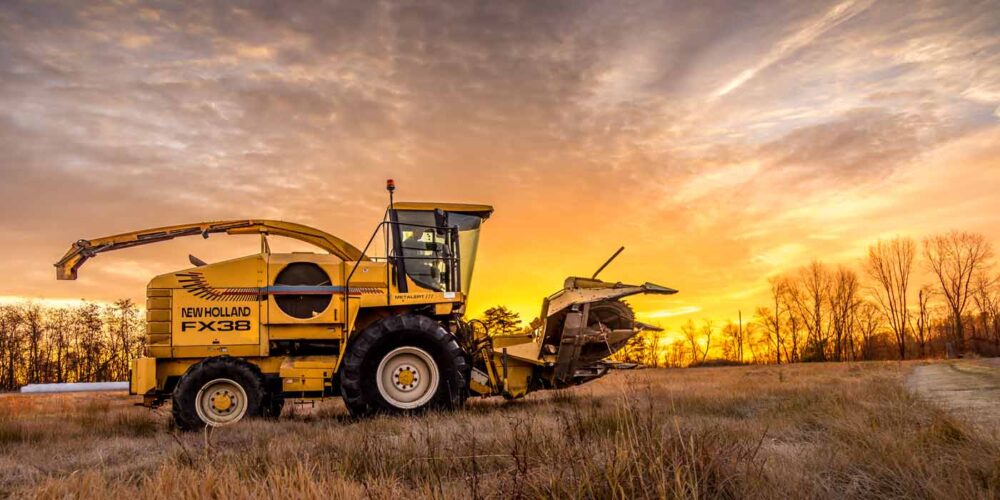
Considerations for replacement tires
When it comes to recommending the right tire, Paulk says that dealers should be aware of the end user’s equipment, application and type of farming.
“For example, VF tires are a better option than standard tires for end users doing no till, because they can run less air pressure in the field,” he notes.
“Dealers should understand the machine the tires will be used on, the job the equipment will be used for, the axle weight of the machine when it is fully loaded, and the soil and surface conditions in which it will be operated most often,” Orlando says. “Equipment that will be traveling on roadways frequently will need tires better suited for high-speed travel, while equipment used in the harvest field should be designed and constructed to resist stubble damage.”
Extra weight from aftermarket equipment like sprayers, saddle tanks and grain-bin extensions often requires tires with a load index greater than the machine’s original fitment, he adds.

